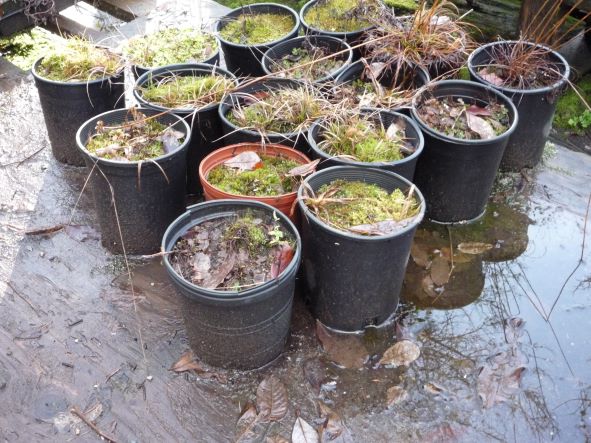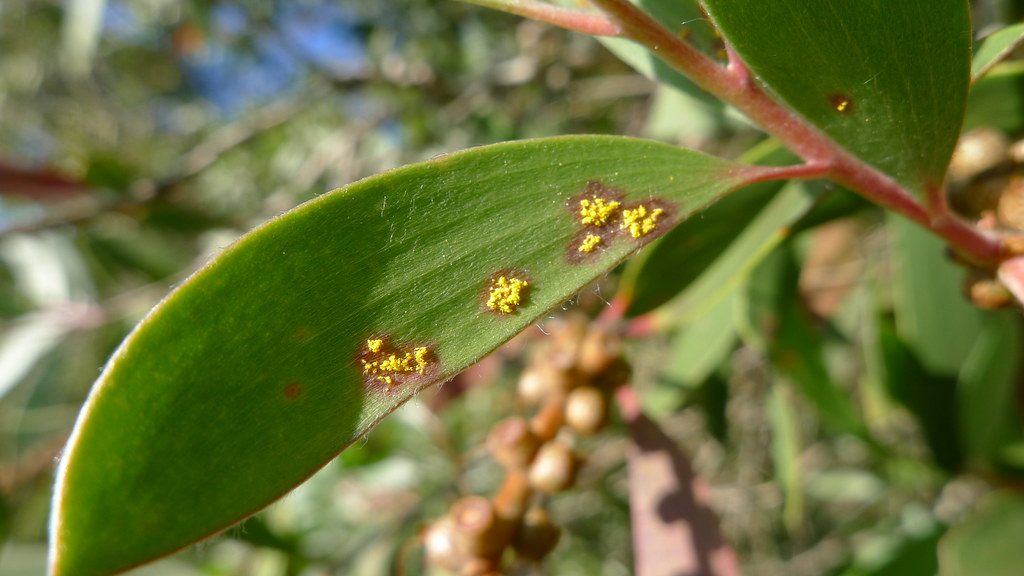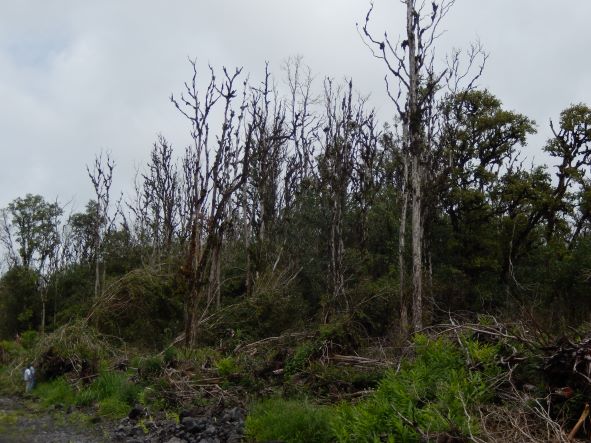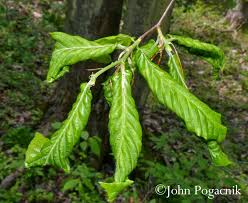At this year’s USDA Invasive Species Forum I will be seeking to promote a discussion of what American and other stakeholders can do to suppress spread of forest pathogens. I have raised this issue many times before. To see my blogs about the P4P pathway, scroll down below the archives to the “categories”. See especially here and here.
I note that:
- Non-native invasive pathogens and pests are decimating forests worldwide, threatening biodiversity & limiting efforts to rely on forests to alleviate impacts of climate change.
- Many of the most damaging non-native organisms are pathogens that are especially difficult to detect at borders or to contain or eradicate once introduced.
- A principal pathway by which pathogens are introduced is the international trade in living plants, or “plants for planting” (P4P).
- Forest pathologists have long advocated a more pro-active approach – but national and international plant health officials have not taken up the challenge. [think Clive Brasier, Bitty Roy, Thomas Jung, Michael Winfield …]
At the global level I suggest that we need:
- National agricultural agencies, stakeholders, FAO & International Plant Protection Convention (IPPC) to consider amending IPPC requirement that scientists identify a disease’s causal agents before regulating it. I think experience shows that this policy virtually guarantees that pathogens will continue to enter, establish, & damage natural and agricultural environments.
- National governments & FAO / IPPC to fund greatly expanded research to identify microbes resident in regions that are important sources of origin for traded plants, vulnerability of hosts in importing countries, and new technologies for detecting pathogens (e.g., molecular tools, volatile organic compounds [VOCs]).
- Researchers & agencies to expand international “sentinel plants” networks; incorporate data from forestry plantations, urban plantings, etc. of non-native trees.
- Application of ISPM#36 to promote use of HACCP programs for plants in trade. (See also my discussion in Fading Forests III – link at end of this blog.)
We Americans need to
- Evaluate efficacy of current regulations – incorporating NAPPRA & Q-37 revision. Rely on AQIM data. Include arthropods, fungal pathogens, oomycetes, bacteria, viruses, nematodes. Include threats to U.S. tropical islands (Hawai`i, Puerto Rico, Guam, etc.) which are centers of plant endemism.
- Apply existing programs (e.g., NAPPRA, Clean Stock Network, post-entry quarantine) to strictly regulate trade in plant taxa most likely to transport pests that threaten our native plants; e.g., plants belonging to genera shared between North American trees & plants on other continents.
- Recognize that plant nurseries are incubators for microbial growth, hybridization, and evolution; require nurseries to adopt sanitary operation procedures regardless of whether they sell in inter-state or intra-state commerce
I will explain my sense of urgency by noting the many recent introductions of pathogens – most probably via P4P or cut vegetation:
- 13 outbreaks of Phytophthora-caused disease in forests and natural ecosystems of Europe, Australia and the Americas. Three of four known strains of P. ramorum are established in U.S. forests.
- Myrtle rust (Austropuccinia psidii) has been introduced to 27 countries, including the U.S., Australia, and South Africa.
- Two new species of Ceratocystis (C. lukohia & C. huliohia)—causal agents of rapid ‘ohi‘a death (ROD) – spreading on the Hawaiian Islands. The former species appears to have originated in the Caribbean; the latter in Asia.
- Since 2012, beech leaf disease has spread from northeastern Ohio to Maine.
- Boxwood blight (caused by 2 ascomycete fungi, Calonectria pseudonaviculata & C. henricotiae) introduced to at least 24 countries in 3 geographic areas: Europe / western Asia; New Zealand, North America.
- ash dieback fungus (Hymenoscyphus fraxineus) has spread across Europe after introduction from Asia.
What do you think? Can we find more effective methods to curtail introductions?
Posted by Faith Campbell
We welcome comments that supplement or correct factual information, suggest new approaches, or promote thoughtful consideration. We post comments that disagree with us — but not those we judge to be not civil or inflammatory.
For a detailed discussion of the policies and practices that have allowed these pests to enter and spread – and that do not promote effective restoration strategies – review the Fading Forests report at http://treeimprovement.utk.edu/FadingForests.htm
or



